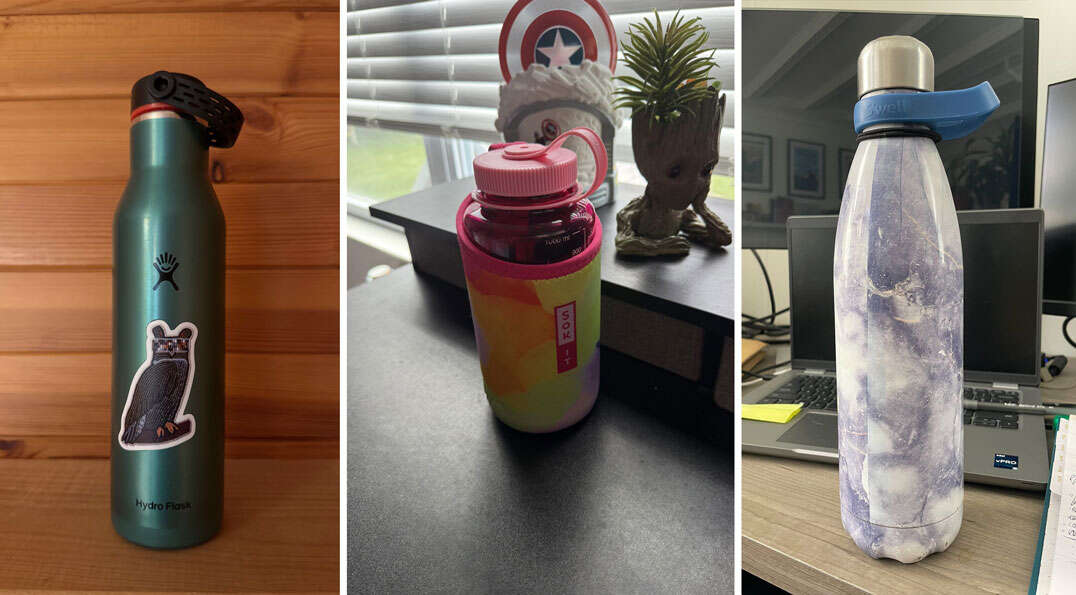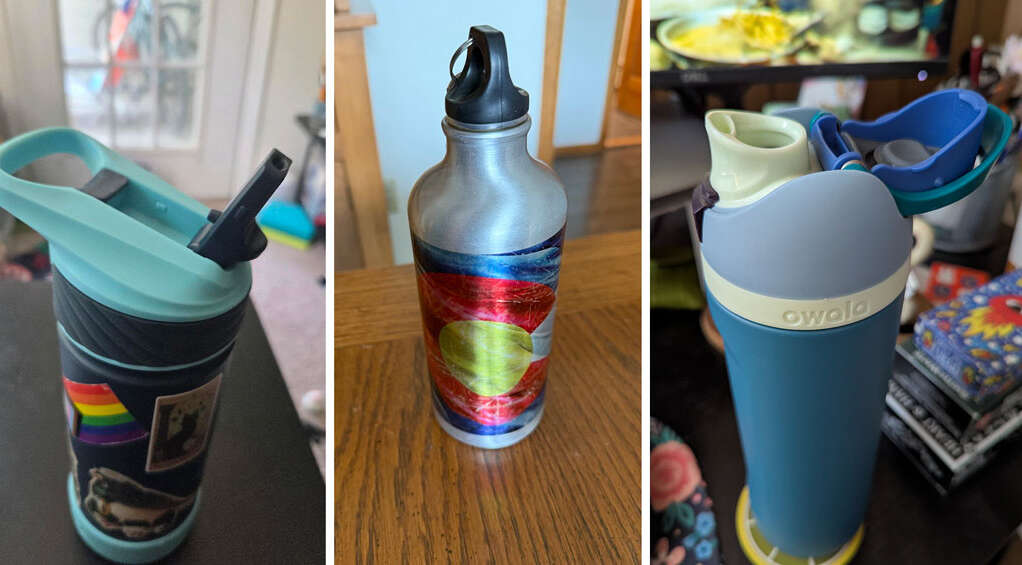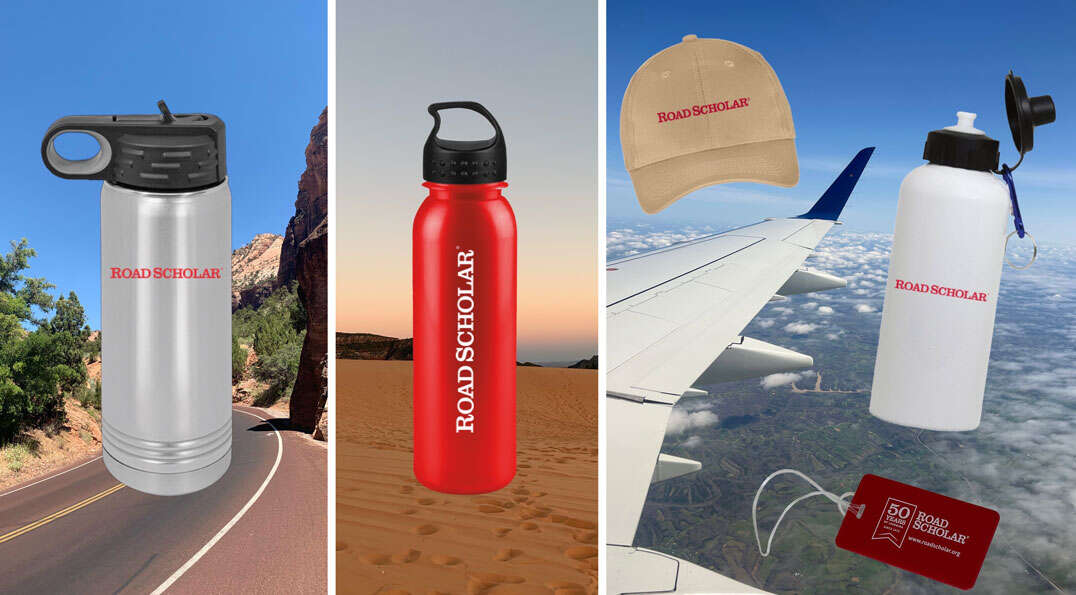Road Scholar’s Guide to Reusable Water Bottles
How can travel become more sustainable? That's a question that Road Scholar regularly reflects on — and one of our answers is to reduce single-use plastics whenever possible. That’s why our 2025 goals include encouraging Road Scholars to bring a reusable water bottle on learning adventures to cut back on plastic waste. We're working to provide refill stations on all programs — even in areas where accessing safe drinking water is a challenge.

But first, why should you use a reusable water bottle? There are many answers, but here are just a few:
- The typical single-use plastic water bottle will take nearly 500 years to decompose.
- Single-use plastic water bottles are one of the top littered items in our oceans and waterways.
- Over 60 million single-use plastic water bottles are thrown away in the U.S. every day.
- For every six single-use plastic water bottles used, only one of these bottles get recycled properly.
- For every single-use plastic water bottle created, it takes three times the volume of water to create it and almost 2,000 times the energy to manufacture the physical bottle than it does to produce potable tap water.
- By reducing single-use plastic water bottles, we reduce the amount of microplastics and chemicals leached into our water supplies.
- Bottled water in the United States is regulated by the FDA, whereas public tap water is regulated by the EPA. The FDA is not required to disclose where bottled water is sourced, treatment processes or any contamination reports.
But not all reusable water bottles offer the same benefits, especially when you’re considering which type of bottle is most appropriate for your learning adventure. Each has unique qualities that should be considered, including:

Material
The material of a water bottle can be metal, glass, plastic or even sugar cane! Each of these materials can affect the liquid inside and your use of the bottle in different ways. For example, metal is a good insulator, but it can dent easily. Plastic can also offer good insulation but may degrade faster than metal when washed. Certain materials also hold up better in travel than others — metal and plastic are typically sturdier than glass.
Bottle Size
The average volume of a single-use water bottle is around 16.9 ounces. But that doesn’t have to be the size you go for! It’s important to consider how much water you might need on a learning adventure (for example, a hiking program will require more available water than a less active program). It’s also important to consider how much you want to carry, as larger water bottles will be bulkier and heavier.

Lid Type
Water bottles come with a variety of lids, including wide or small openings, built-in straws and different types of caps. Each offer their own benefits based on your needs — wider openings can be awkward to drink from, but allow for ice or fruit to easily fit in. Straws can make drinking enough water easier but may be more prone to leaking and exposure to outside environments.
Unique Types of Bottles
Some water bottles don’t even look like bottles! Depending on your learning adventure, it might be a good idea to consider a water bladder, which sits in a backpack and feeds water through a straw looping around to the front of your pack. Hydration bladders are especially common on biking, hiking or other outdoor adventures, as they allow for hands-free drinking.
Considering all these aspects can help you select the reusable water bottle that works best for you and your learning adventure!
Ready to grab a reusable water bottle of your own that also shows your Road Scholar pride? Head to our Campus Store, which is stocked with a variety of water bottles.


